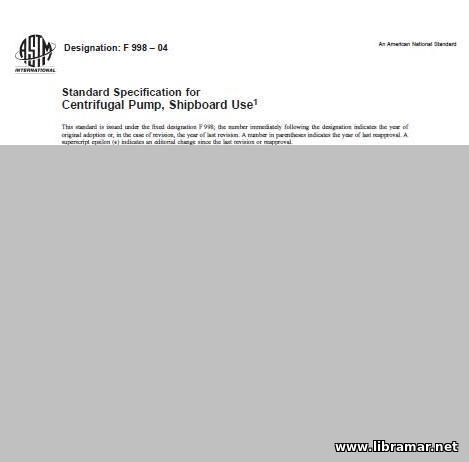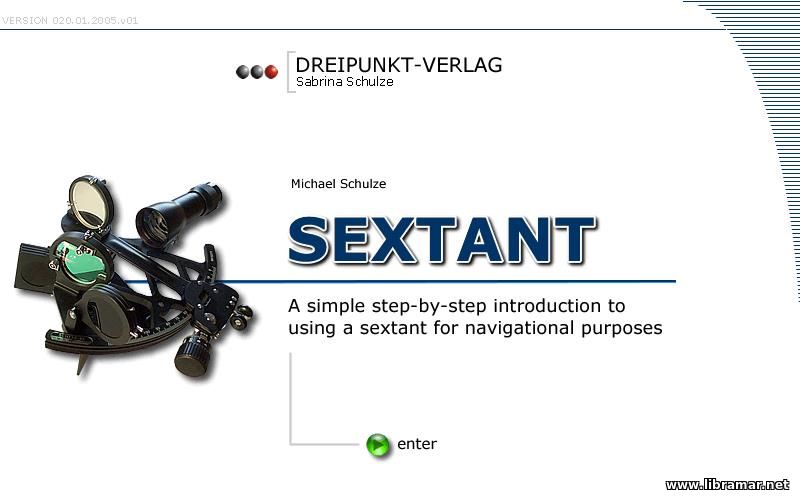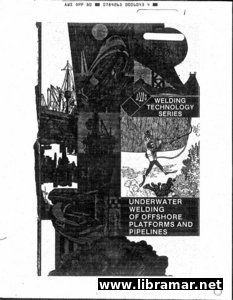Vibrational Habitability
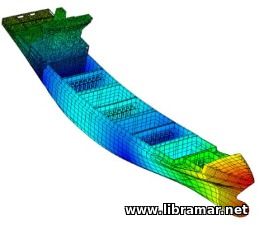
On board ships equipped with machinery developing power for propulsion and auxiliary purposes, personnel are subjected to vibration. The vibration may cause annoyance, physiological damage to body organs, psychological disturbance of the crew or damage to shipboard equipment.
The effect of vibration upon equipment installed aboard ship has been one of the major factors resulting in premature failures of equipment which has previously proved satisfactory in land-based installations. The equipment supplier must consider the vibration aspect of the shipboard environment in the design and construction of marine hardware.
A magnitude of vibration which can do no harm to equipment or structure can, however, be a great nuisance to the crew. The degree of human perception to vibration in the frequency range of 30 to 4800 cycles per minute is a function of the amplitude of the vibration. Frequencies below 0.5 Hz may cause motion sickness.
While it is difficult to define precisely acceptable limits of intensities of vibration, two figures in this article identify vibration zones which may be used as a guide in determining general acceptability. Zone A defines that area within which a high probability of vibration difficulties exist; Zone С defines that area within which no vibration difficulties are 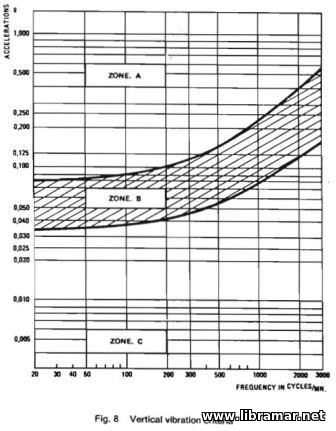 anticipated; Zone В defines that area within which the subjective nature of vibration does not permit a reasonable assurance of acceptability.
anticipated; Zone В defines that area within which the subjective nature of vibration does not permit a reasonable assurance of acceptability.
Recent design practices have resulted in an increase in the flexibility of the hull structure with an attendant lowering of the natural frequency. The general trend of increased propulsion horsepower leads to an increase in stiffness of the shafting system. The combination of an increase in structural flexibility and the increased shafting stiffness can produce a significant increase in hull vibration.
The vibratory forces imposed on the ship originate from the propeller, the propulsion engine, auxiliary machinery, and the sea. In the early design stage, the response of the structure to these vibratory forces must be carefully considered to minimize the likelihood of serious vibration problems in the final ship.
The input of the propeller and shafting system to the hull is influenced by propeller geometry, including number of blades, the shape of the afterbody underwater hull, the clearance between the propeller and the hull and rudder, the shafting system alignment, the structure supporting the thrust bearing, and the location of thrust bearing and line shaft bearings.
The interactions between the propeller itself and the hull, including the flow of water into the propeller, may be analyzed by model testing. The shafting system may be evaluated using developed analytical techniques
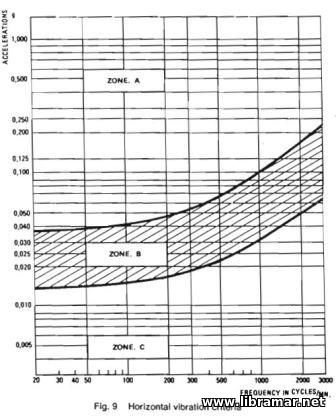 The propulsion machinery, whether of the rotating or reciprocating type, imposes forces on the ship's hull as does reduction gearing. The engine and gear manufacturers should be consulted in the design of the supporting structure to assure compatibility.
The propulsion machinery, whether of the rotating or reciprocating type, imposes forces on the ship's hull as does reduction gearing. The engine and gear manufacturers should be consulted in the design of the supporting structure to assure compatibility.
The excitations generated by the auxiliary machinery units are generally of the same character as those generated by the propulsion machinery. Since the vibratory forces imposed on the structure are usually less severe than for the propulsion machinery, empirical methods are usually employed to limit the resultant vibration.
The sea itself imposes transient forces on the ship's hull. These forces may result from either sea-swell or rough seas. In either case the vibration inducing effect may be altered by varying such factors as ship's speed, heading, or draft and trim.
The factors which affect the vibration characteristics of a given ship must be addressed at the very inception of the design process. The correction of vibration problems identified during vessel sea trial may be both extremely costly and delay entry of the ship into service.
The "Read Later" function allows you to add material to this block with just one click. Just click on the icon and read the articles that interest you at any convenient time.
